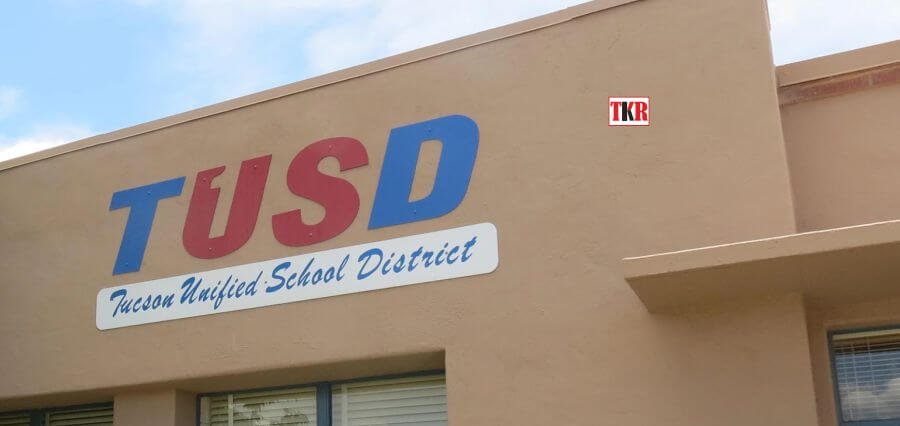According to a survey taken, online teaching has many disadvantages when it comes to replacing the traditional means of education. In the early stage of education, a child needs to understand his peer group, teacher, and society, which can only happen in offline classes, which are classrooms. Being a psychologist, I noticed that labelled Autism and ADHD were detected during the pandemic (COVID-19) as preschoolers were introduced to online classes, which substantially impacted their brains.
After the pandemic, when the children were introduced to offline classes, it became tough for the parents, staff and management to handle the preschoolers who were by then used to the online classes, conducted in the comfort of their homes without any competition. Online classes really played havoc in the child’s brain, which was not ready for any competition. Interaction with peers and a disciplined classroom is a must for holistic grooming as education is not only limited to bookish knowledge. Education has to be a life skill, with a lot of vocational training, behaving in society, handling competition and much more, which cannot happen in an online class. Yes, of course, online classes help in some subjects or some courses, but the whole education system cannot function online.
Offline classes give in-depth knowledge of the subject from a completely different perspective. In fact, a topic can be discussed in a different manner, and each individual can participate and can put up their points. From that point, they could understand the subject in a very different manner.
Still, online classes have a different perspective, where only the tutor can produce their onion, and the student does not have a chance to elaborate or discuss the topic, so it becomes a biased discussion. Whatever it is, online classes cannot replace the holistic aspect of offline education; offline education also allows teachers to monitor their students’ responses and behaviour and address them correctly.
Contrary to popular belief, there is no interaction between students and teachers in online classes, but in offline classes, there is face-to-face interaction, especially because teaching is synchronous. There is active communication between students and teachers, which allows for lively discussion and allows for debate between them. Students can also participate in recreational activities, contributing to overall mental and physical development. Group activities can also be done, which really helps to take each individual to present it to the group and helps them be more interactive and understand each other.
Technical issues always challenge online classes, webcams, microphones, and the internet, which underprivileged students cannot afford, whereases offline classes are rarely threatened by technical issues, and students and teachers do not have to be tech-Savoy. And since most learning occurs in the physical classroom. Unlike online classes, offline classes provide a stimulating environment that combines theoretical and practical aspects of learning. These contribute to the student’s overall cognitive and skill development, and practical learning allows you to learn and quickly adapt to the daily challenges and scenarios and gives you a better understanding of each lesson.
From my point of view, offline classes are always a boon to all spite online classes.
- Bhuvana Saravanan, Psychologist, Prominent Educator, CEO of Sri Ashiyana Public School.









